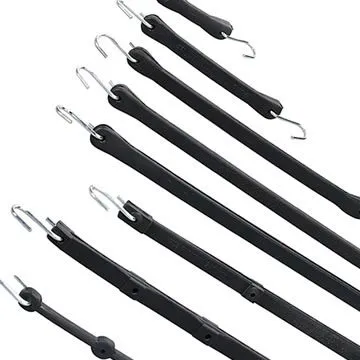9 月 . 15, 2024 09:04 Back to list
Mineral Fibre Ceiling Solutions | Durable & Eco-Friendly Interiors
Mineral Fibre Ceilings An Overview
Mineral fibre ceilings represent a prominent choice in the construction and design of modern buildings, primarily due to their favorable properties such as sound absorption, fire resistance, and thermal insulation. These ceilings, commonly made from materials like mineral wool, are utilized in various commercial, educational, and residential settings. Understanding the advantages and applications of mineral fibre ceilings can shed light on why they remain a popular option in contemporary architecture.
One of the standout features of mineral fibre ceilings is their exceptional acoustic performance. They are designed to absorb sound, thereby reducing noise levels within a space. This attribute is particularly valuable in environments like schools, offices, and healthcare facilities, where minimizing distractions and creating a comfortable auditory environment are essential. The porous structure of mineral fibre tiles allows them to trap sound waves, preventing them from bouncing off hard surfaces and contributing to an echo. This characteristic not only enhances privacy but also improves the overall user experience in any setting.
Fire resistance is another critical aspect of mineral fibre ceilings that makes them appealing, especially in commercial buildings where safety regulations are stringent. Mineral wool, a primary component in these ceilings, is an inorganic material that can withstand high temperatures and does not ignite easily. This property helps create fire-safe environments, as mineral fibre ceilings can contain flames and prevent the spread of fire, thus potentially saving lives and property. Compliance with fire safety standards is paramount in building design, and opting for mineral fibre ceilings can assist architects and builders in meeting these requirements effectively.
mineral fibre ceiling

In terms of thermal insulation, mineral fibre ceilings contribute to energy efficiency by helping to regulate indoor temperatures. The insulating properties minimize heat loss in the winter and keep spaces cooler in the summer, which can significantly reduce heating and cooling costs. This energy efficiency not only benefits the environment but also leads to reduced operational expenses for building owners over time. As energy prices continue to fluctuate, the importance of durable, energy-efficient materials like mineral fibre cannot be overstated.
From a design perspective, mineral fibre ceilings also offer aesthetic flexibility. They come in various textures, patterns, and colors, allowing architects and designers to create visually appealing spaces without sacrificing functionality. The lightweight nature of these tiles makes them easy to install, and they can be suspended from existing structures, making them ideal for renovation projects as well.
Furthermore, mineral fibre ceilings are often produced with sustainability in mind, utilizing recycled materials and offering options that are low in volatile organic compounds (VOCs). This focus on sustainability aligns with the growing demand for eco-friendly building practices, appealing to environmentally conscious consumers and builders alike.
In conclusion, mineral fibre ceilings are a compelling choice in the construction industry, marrying functionality with aesthetics. Their sound absorption capabilities, fire resistance, thermal insulation properties, and design versatility make them suitable for a wide range of applications. As sustainability becomes increasingly important in building practices, mineral fibre ceilings stand out as a responsible and effective solution for modern architectural needs. Whether renovating an existing structure or designing a new one, considering mineral fibre ceilings can be an excellent decision that benefits not only occupants but also the environment.
-
Revolutionizing Interior Design with Ceilings t grid Suspended SystemNewsOct.29,2024
-
Revolutionizing Ceiling Design with ceiling access panel with Gypsum Tile WaterproofNewsOct.29,2024
-
Revolutionizing Interior Design with PVC Gypsum Ceiling: A Comprehensive GuideNewsOct.29,2024
-
Elevating Interior Design with High quality Mineral Fiber Ceiling TilesNewsOct.29,2024
-
Revolutionizing Interior Design with PVC Gypsum Ceiling: A Comprehensive GuideNewsOct.29,2024
-
Elevating Interior Design with High-Quality Mineral Fiber Ceiling Tiles: A Comprehensive GuideNewsOct.29,2024







